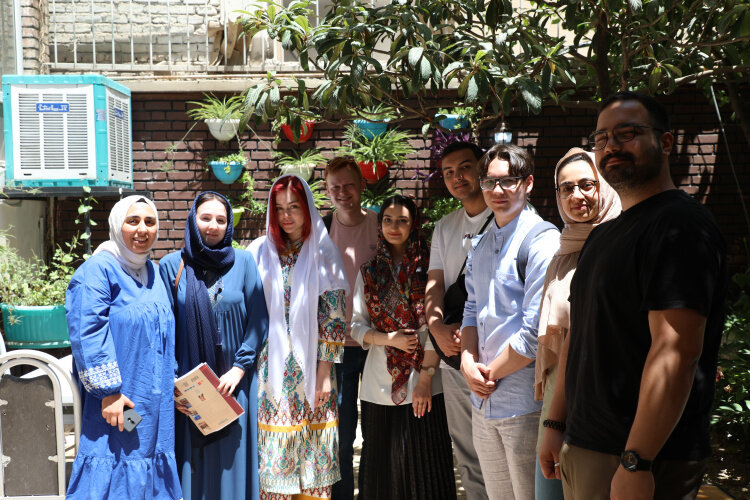Sadi Foundation launches summer school for Persian language learners

TEHRAN- The Sadi Foundation, Iran's organization that promotes the Persian language abroad, has launched a summer school for foreign Persian learners.
The Persian language summer school, which is currently underway, will continue until August 16, featuring participants from 11 countries, ISNA quoted the director of the foundation’s education department as saying on Saturday.
A total of 46 learners with an intermediate level of proficiency and above are attending this educational program, Amir Ahmadi added.
These learners were selected from a pool of 120 applicants after successfully completing a language proficiency test, he added.
Ahmadi explained that participants of this summer school have previously completed preliminary Persian language courses and have achieved a satisfactory level of proficiency. This program aims to enhance their knowledge in the fields of Persian language and literature.
He also emphasized that this summer school will host learners from a diverse array of countries, including Russia, Turkey, Greece, Armenia, Pakistan, Bosnia, Kazakhstan, Georgia, Thailand, Bangladesh, and Turkmenistan.
Persian, also known as Farsi, is an ancient language spoken primarily in Iran, Afghanistan (as Dari), and Tajikistan (as Tajik), boasting a rich literary heritage that dates back over a millennium. Its script, derived from Arabic, can initially pose challenges for learners unfamiliar with the right-to-left writing system. Persian vocabulary is influenced by both Arabic and various Turkic languages, adding layers of complexity. While the phonetic structure of Persian is relatively straightforward and lacks gendered nouns, the nuances of its grammar, such as verb conjugations and the use of subordinate clauses, require dedicated study and practice, often making it a rewarding yet challenging pursuit for foreign learners.
The difficulty level of learning Persian can vary significantly based on a learner's background and native language. For speakers of languages that share similarities with Persian, such as Turkish or certain Indo-European languages, the transition may be smoother due to overlapping linguistic features.
However, learners from languages with markedly different structures, like Mandarin or Vietnamese, may find the concepts of Persian syntax and grammar more daunting. Additionally, the rich cultural context embedded in Persian literature and expressions can require learners to engage deeply with cultural references to achieve proficiency. Nonetheless, many learners find studying Persian to be an enriching experience, allowing them to gain insight into a diverse and historically significant culture.
SAB/
